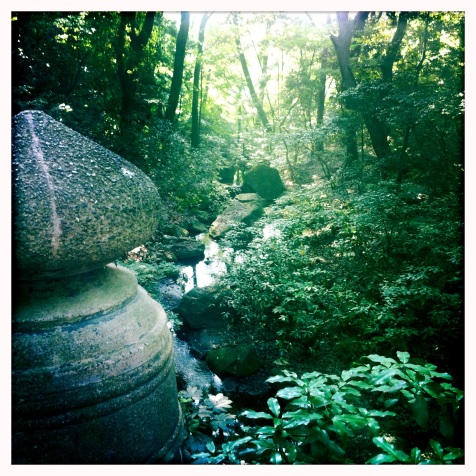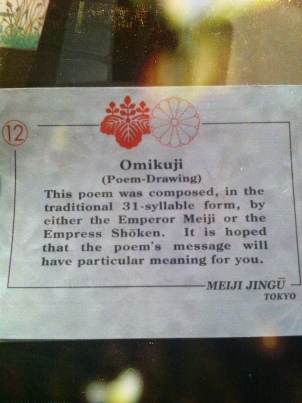Anzac Day
25 April is ANZAC Day here in Australia. It’s a day of remembrance for those of the Australia and New Zealand Army Corps who served and died in war and related activities including peacekeeping. And a day to remember those who serve now. Celebrated on the day of the Gallipoli landing on 25 April 1915, the spirit of Anzac and its qualities of sacrifice, courage and mateship have immense meaning for Australians and New Zealanders around national identity, bravery and freedom.
For me, it’s always a very emotional day. As a Queen of Swords, INTJ, Virgo, (some might say ice maiden) type, it’s surprising how this day seems to touch me so deeply and I am in tears for much of it.
I don’t know exactly why but it’s the stories that touch me, the young men and what they went through in World War I and II and other conflicts. Stories we really can’t fathom or ever truly know. And our own personal connections with that through our family history or people that we know directly involved now.
It’s the families and loved ones left behind and impacted when they came back. It’s those who serve now and what they face and experience. The solitary courage of it, the fear, the silence of those who cannot or could not tell their stories. The inner strength they need to search for and the support of each other. It’s the sadness of it all, that it just should not happen, the unnecessary waste of life; that people should not have to go through all this and the aftermath of physical, mental and spiritual pain and suffering.
It’s also that we can be thankful that we have people who can be strong when it’s needed to do this work for the freedom, support and safety of others. Mostly men, mostly young, mostly strong but also vulnerable.
Postcards from the war
In the last few years, I received a box of memorabilia and photos that belonged to my great aunt, Vivie, who died in 1992. A strong woman who never married, she was a connector and recorder within the family, capturing daily life in photographs and keeping in touch with many in the extended family.
In this box was a beautifully embroidered postcard sent from the Western Front in France in 1916 by my great uncle Walter to Vivie, his sister back in Australia.

The stitching, perfect and precise, must have caught Walter’s eye and he has written on the back of the postcard. It’s a message saying he is well and not really saying much more except that he will be in touch with other family members too. What could you say about those horrors of war except that I am here, standing now? And I am thinking of you and love you.
I knew a little about Walter’s war service but I looked into his war records on Anzac Day this year. Joining up with the Australian Imperial Forces (AIF) on 1 February 1916 and leaving the country on 13 May that same year, he was on the Western Front in France in the 55th Battalion and saw active service amidst some of the most difficult conflicts of the war.
He served in the Anzac Light Rail as part of this, building and running light railways on the Western Front to provide transport through the difficult terrain. I cannot imagine how hard all of this work was and the terrible conditions in which it was carried out. He was discharged from the AIF on 16 July 1919.
Walter received a Military Medal in 1919 for:
“conspicuous gallantry and devotion to duty during an attack on St Denis Wood Perone on 2/9/18. During the initial stages of the attack heavy machine gun fire was encountered. This man, noticing this with great courage and deliberation worked his way forward into a position from where, by sniping he was able to place an enemy machine gun out of action, not withstanding that he was under enemy observation and continually fired at the whole time. This soldier’s action in silencing the enemy machine gun enabled a Lewis Gun to be brought forward thereby greatly assisting the attack. The man’s courage and disregard for personal safety during the operation was most noticeable and his action through-out were a great incentive to his comrades.”[1]
This is not to condone violence or war in any way. Personally, I find violence in any form hard to contemplate or witness. But it happened and for Walter it was real. The postcard is a poignant reminder of the fragile and powerful connections with home in all of this – beauty amidst chaos and war; love of his sister and family sent from afar; such vulnerability and risk.
I cannot imagine how precious that card was once received in Newcastle in Australia on the other side of the word, in so few lines saying so much. Or hard it was for Walter to find words to say along the lines of “I am okay” when the reality was most likely far from that.
Closer to home
The other overlay of emotion for me on Anzac Day is about my brother. Martin served as an Australian Federal Police Officer in East Timor in 1999 as part of the United Nations peacekeeping effort and was awarded the Overseas Service Medal in 2003. Martin is no longer with us now, having passed away tragically in 2007.
The memory of Martin as an unarmed police officer who went to East Timor, now Timor Leste, to provide support, peace and justice to people in the most challenging of circumstances, fills me with pride and love. It symbolises the strong sense of justice and fairness that drove his passions and focus in his career and life.
Here he is in action in East Timor, featured at that time, in Time Magazine on 27 September 1999 and in Aussie Post Magazine in October 1999:

I don’t know what he saw there. I don’t know what he experienced there. Like many first responders and police officers, they cannot always talk about what they saw, experienced and felt. And whilst I am proud, I sense that the experiences in East Timor somehow had a deep impact on the sensitive soul that was and is my brother. How could they not.
A poem of remembrance and peace
So in the early hours of Anzac Day this year, these words come to me:
On Anzac Day
I lay a flower in the remembrance
of my heart,
wreathed there,
amidst the days, red poppy lights
flare occasionally,
lighting up your smile,
buried beneath granite, grass,
days of pain, cascading
hours of grief.
I lay a flower in the remembrance
of my heart,
at nearly dawn here,
for you, my own service,
my own dawn,
my own not forgetting
that war somehow
touched you
and led you down a path
I wish you had not gone.
I lay a flower in the remembrance
of my heart,
amidst tarot, words, books,
the morning’s nearly dawn,
the marching of feet,
to come,
the early days towards
ten years of remembering you,
to come.
I lay a flower in the remembrance of your heart.
I shift that stone of trauma laying there.
I hold the hands of our hearts in peace.
Rose, rosemary and remembrance
Shortly after on Anzac Day, in an Activate sessions with Amber Adrian, working with healing energies and guides, both rose and rosemary comes up as energies to work with, with remembrance as a strong message.
We are reminded to activate our inner love, work with remembrance and our true divine self, and to connect with that unconditional love that is our essence. We are reminded to work with protection techniques every day especially around protection of judgement of others and ourselves.
It’s an emotional day. You can see why the tears come.
Tears of memory, gratitude, appreciating sacrifice and remembrance. And the lessons I’m still learning of unconditional love.
Let us all keep focused on these immense qualities in moving forward:
- focusing on the beauty in life
- maintaining a passionate sense of fairness and justice in everything we do
- and finding a love that can transcend every difficult moment.
And may we all be peacekeepers.
Sources
[1] Source: Ancestry.com. Australia, WWI Service Records, 1914-1920 [database on-line]. Provo, UT, USA: Ancestry.com Operations, Inc., 2015. Original data: National Archives of Australia: B2455, First Australian Imperial Force Personnel Dossiers, 1914-1920. Canberra, Australian Capital Territory, Australia.
The Rose of Unconditional Love in the featured photograph is from the beautiful Plant Ally Healing Cards deck by Lisa McLoughlin.
Thought pieces
Ask for help, talk to others
This was not an easy piece to write especially with regard to my dear brother. However, I felt it needed to be written as there is too much silence. I also want to highlight the power of remembrance and unconditional love in healing and moving towards peace.
I am aware it may not have been easy to read for some people. If anything I have written in this post triggers anything for you, I encourage you to reach out to others for support. Talk to a trusted family member or friend. Or contact organisations set up especially to provide support. In Australia our key organisations for support are Beyond Blue and Lifeline. International support organisations can all be found here.
Keep in touch
Quiet Writing is on Facebook – Please visit here and ‘Like’ to keep in touch and interact with the growing Quiet Writing community. There are regular posts on books, tarot, intuition, creativity, productivity, writing, voice, introversion and personality type.
Subscribe via email (see the link at the top and below) to make sure you receive updates from Quiet Writing and its passions. This includes tarot, personality type, coaching and other connections to help express your unique voice and truth in the world.
If you were moved by this post, please share via your preferred social media channel – links are below.
You might also enjoy:
Healing with words of gold: The Empress, Kintsugi and alchemy










